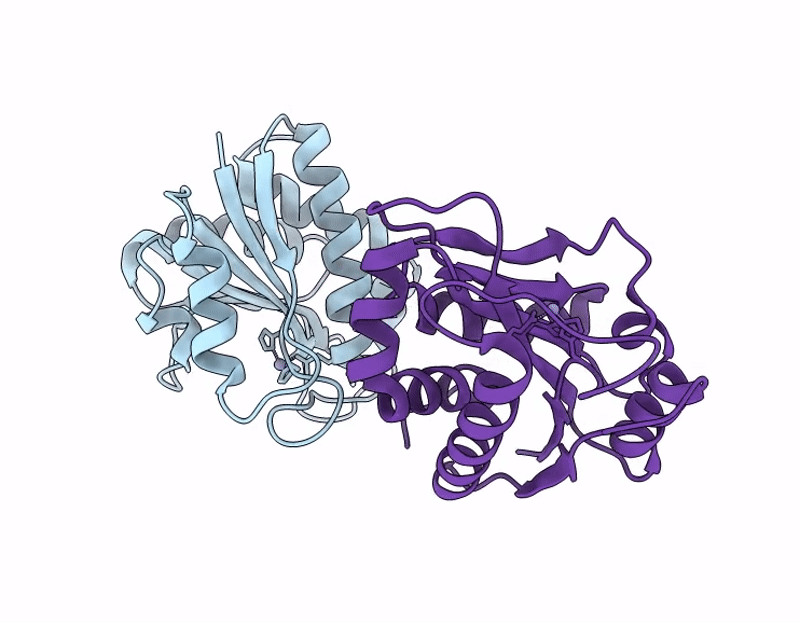
Deposition Date
2024-10-14
Release Date
2025-09-24
Last Version Date
2025-09-24
Entry Detail
Biological Source:
Source Organism:
Clostridium phage phiCD111 (Taxon ID: 1582150)
Host Organism:
Method Details:
Experimental Method:
Resolution:
1.40 Å
R-Value Free:
0.19
R-Value Work:
0.16
R-Value Observed:
0.16
Space Group:
P 1


